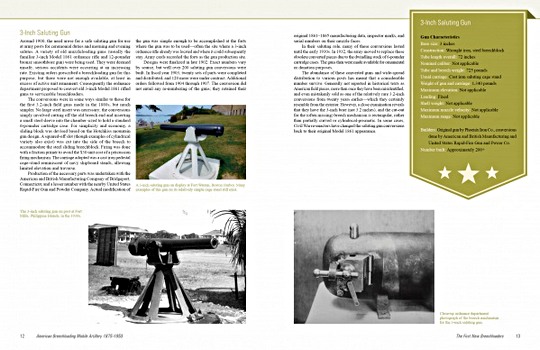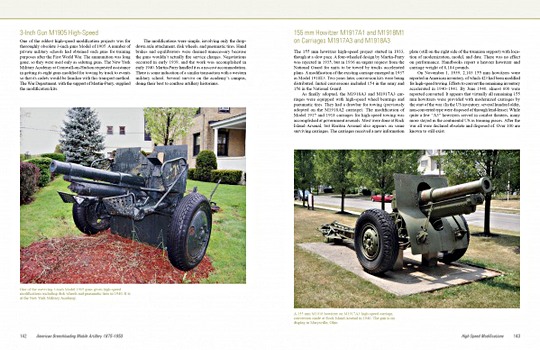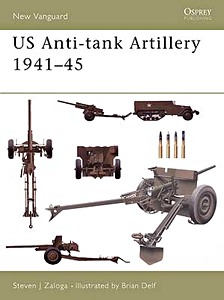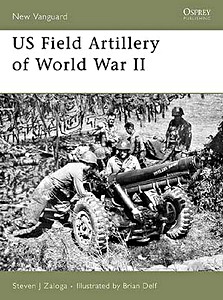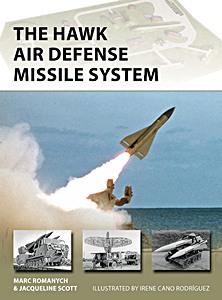155 mm Gun M1 'Long Tom': US Army Field Gun in World War II and Korea (Legends of Warfare)
Developed from the WWI-vintage French Canon de 155 mm Grande Puissance Filloux (GPF), the 155 mm gun M1A1, known as the "Long Tom," along with its companion, the 8-inch howitzer M1, formed the backbone of the US Army's heavy field artillery during WWII and Korea.
With ranges of just over 14 miles for the gun, and 10.5 miles for the howitzer, the cannons were notable for their long reach, heavy impact, and accuracy. These weapons were used on every front where GIs fought during WWII, and continued to be used by US forces, as well as those of allied nations, into the 1960s.
Through vintage and modern photos, this volume follows the development of the 155 mm and the 8-inch, the details of their construction, and field use, as well as providing an overview of their associated prime movers and ammunition carriers, including the Mack NO and the Allis-Chalmers M4 high-speed tractor of the WWII era, and the Mack M125 10-ton 6×6 of the 1950s.
Specificaties
| Auteur: | David Doyle |
|---|---|
| Uitvoering: | 144 blz, 23.5 x 23.5 x 1.9 cm, hardcover |
| Illustraties: | 270 z/w- en kleurenfoto's |
| Uitgever: | Schiffer Publishing Ltd (USA, 2022) |
| Serie: | Legends of Warfare |
| ISBN: | 9780764363399 |
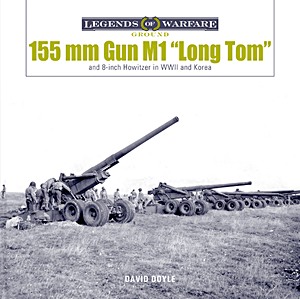
155 mm Gun M1 'Long Tom': US Army Field Gun in World War II and Korea
Taal: Engels
Kopen bij bol.comKopen bij Amazon NL
Kopen bij Amazon BE

